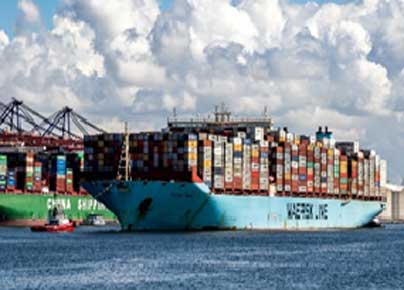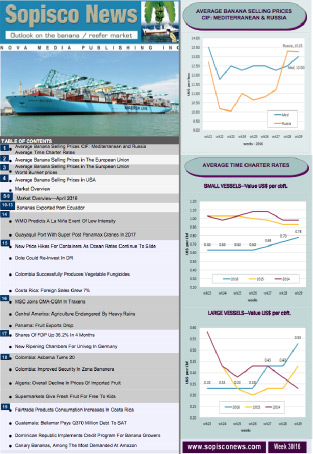Further, Increase Expected in Container Spot Rates
2024-06-21

Ocean freight container shipping spot rates are predicted to rise further, although the growth rate may decelerate, per the ocean freight rate benchmarking firm Xeneta.
Xeneta's data suggests that the average spot rates from the Far East to the U.S. West Coast are projected to increase by 4.8%, reaching USD 6,178 per 40ft equivalent unit (FEU). This contrasts with a 20% increase on the same trade route earlier in the month. Similarly, rates from the Far East to the U.S. East Coast are expected to rise by 3.9%, reaching USD 7,114 per FEU, a more moderate increase than the 15% surge on June 1. While less dramatic than previous, these increases still present a significant challenge for shippers.
The rates from the Far East to North Europe are anticipated to rise by 10% on June 15, reaching USD 6,357 per FEU. Concurrently, rates from the Far East to the Mediterranean are expected to increase by 7.2%, hitting USD 7,048 per FEU.
Peter Sand, Xeneta's Chief Analyst, states that the market continues to be challenging due to the ongoing conflict in the Red Sea region, port congestion, equipment shortages, and potential labour issues at U.S. ports.
"With the ongoing conflict in the Red Sea region, congestion at ports in the Mediterranean and Asia, equipment shortages, and shippers frontloading imports ahead of the Q3 peak season, the pressure within the ocean freight container shipping system remains at severe levels," said Sand.
He also highlighted the potential Impact of rising spot rates on inflation in the U.S. and Europe if these costs are passed on to consumers. Compared to mid-December, average spot rates from the Far East have surged by 276% into the U.S. West Coast and 316% into North Europe due to the conflict in the Red Sea. However, he noted that accurately predicting the market is challenging given the many factors in play, including potential ceasefires and union actions at U.S. ports.
"At the moment, it is unlikely – but not impossible – that spot rates will reach the levels seen during the Covid-19 pandemic. However, with so many factors in play, it is not possible to predict the market with any degree of certainty," said Sand.









